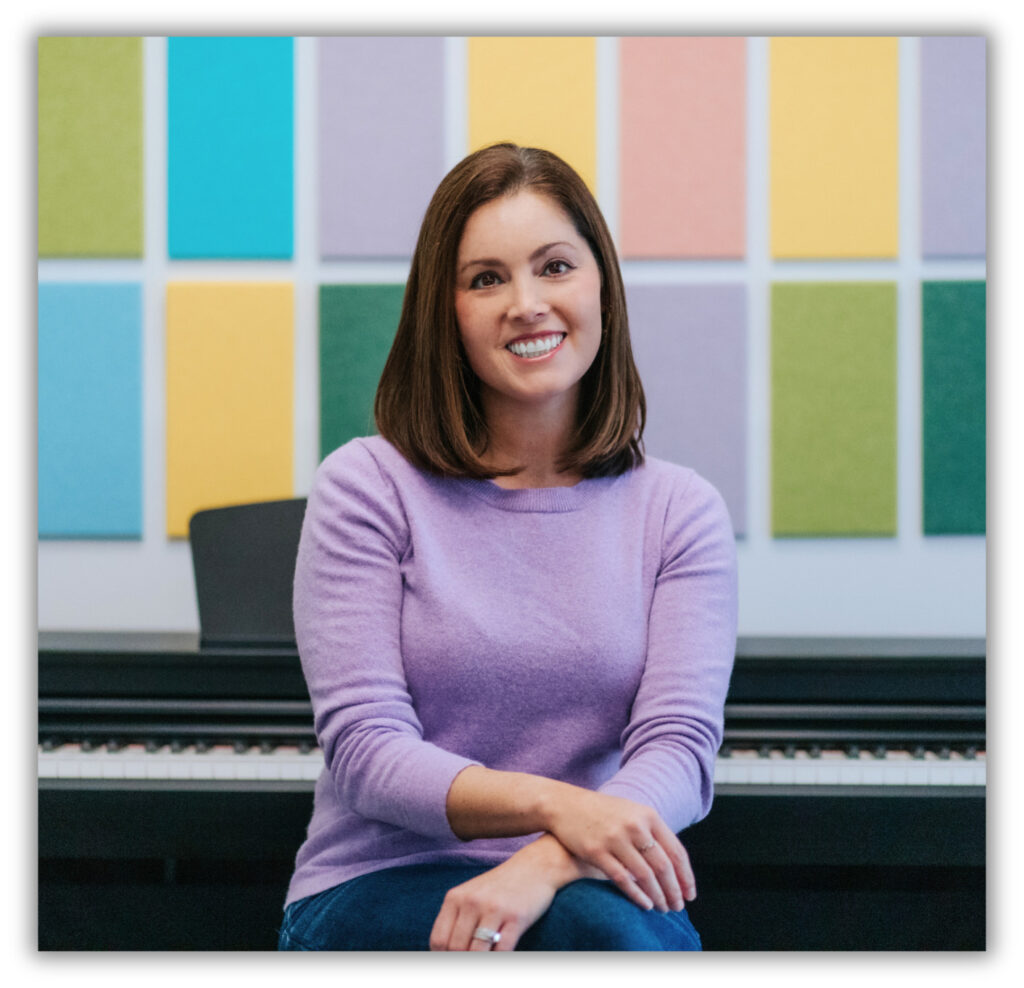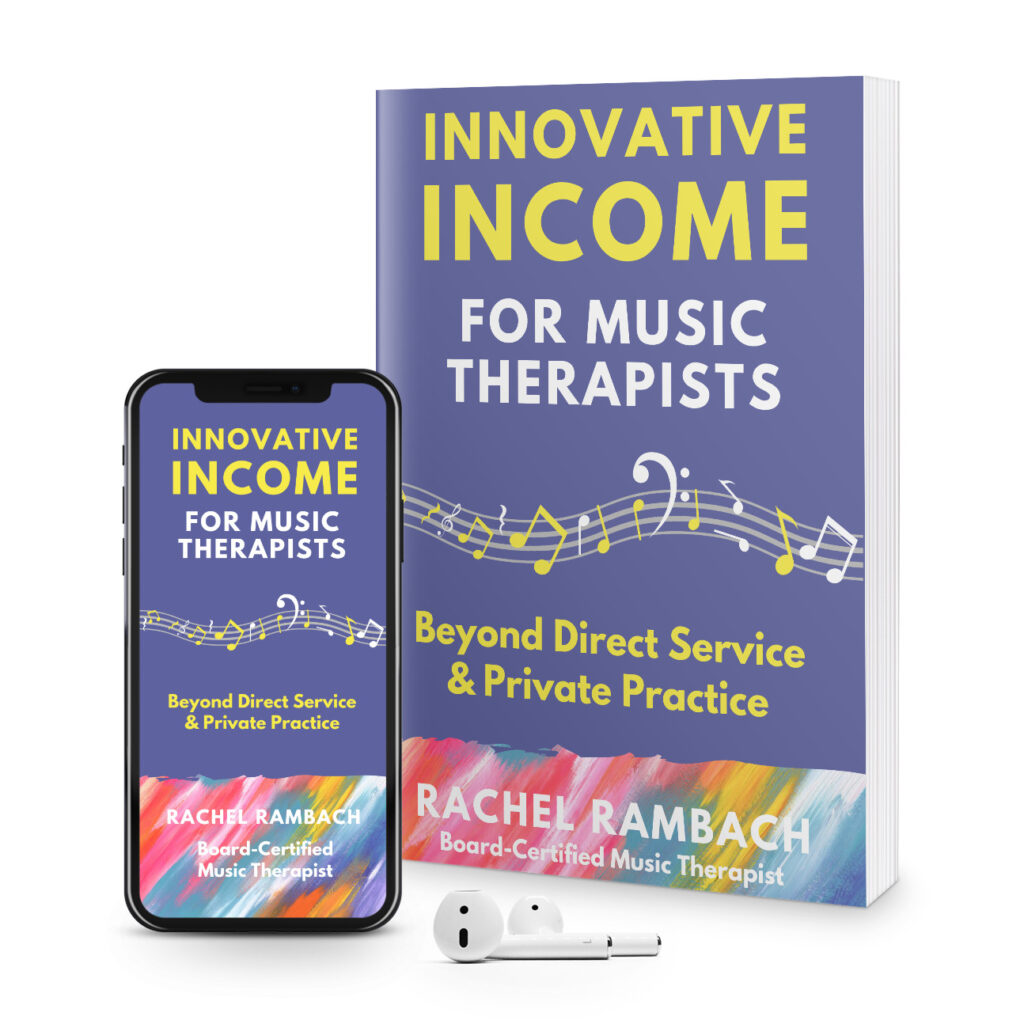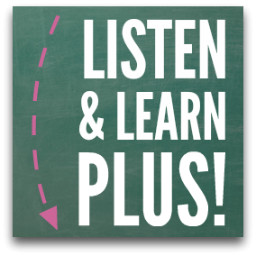by Rachel | Uncategorized
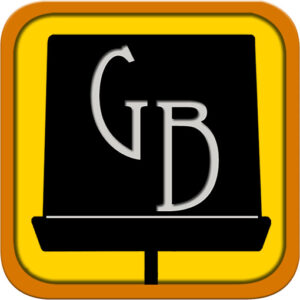
I’ve recommended today’s Friday Fave pick to countless people already, because they’ve all been curious to ask about it when they see me using it. This particular resource is one that I use on a daily basis, whether I’m teaching a lesson, providing music therapy, or performing at a bar.
It’s an iPad app called GigBook, and it has completely revolutionized my music collection. I spent a good part of a week converting my sheet music collection to PDF form and importing all of my songs into the program. Now I have all of my music therapy songs, student repertoire, and gig music in one place.
But the best part about this app is that I can separate my music into collections, binders for individual students, and set lists for each gig I play. I can also organize songs by artist, genre, and just about any other category I choose.
GigBook is compatible with my AirTurn, a bluetooth pedal I use to turn pages wirelessly on the iPad. Between that and the iPad mount for my microphone stand, I have quite the convenient gig setup. And as for my day job, no more searching through file folders of sheet music while teaching lessons, or printing out lyric sheets to review before a music therapy session.
The $4.99 I spent on this app is nothing when I take into consideration how well it has served me so far. Have you tried it yet?
by Rachel | Uncategorized
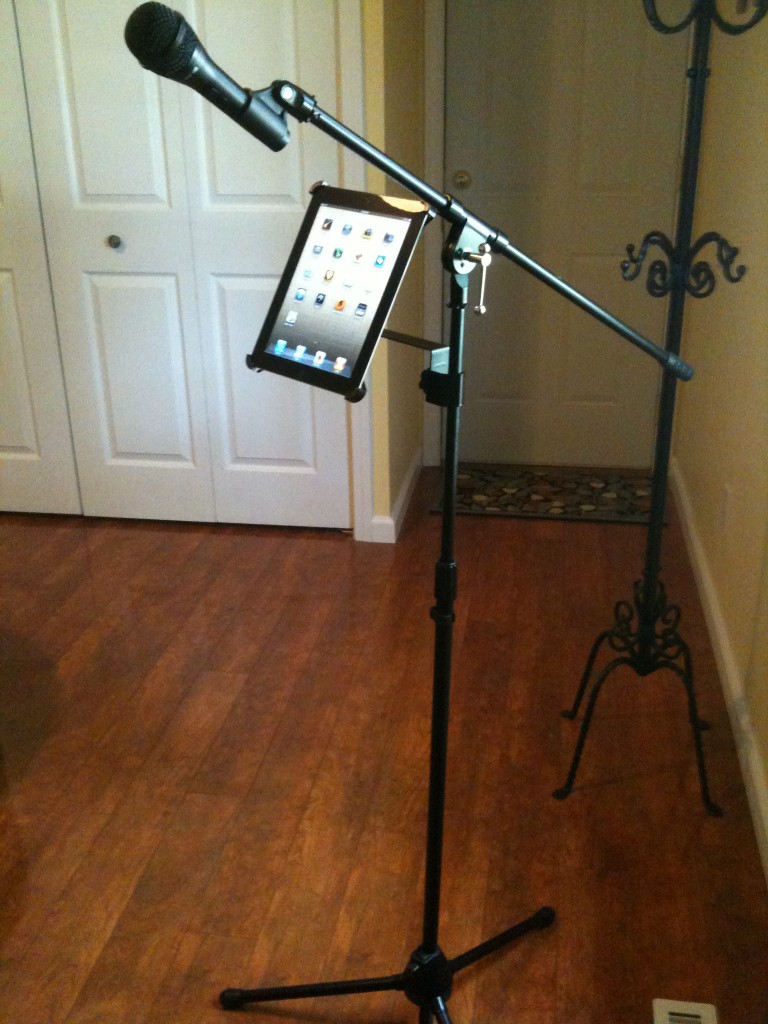
I tried to keep my newest piece of equipment under wraps until today’s blog post, but I couldn’t help but give my Facebook friends a sneak peek over the weekend. I’m just wayyy too excited about my new microphone stand mount for the iPad 2!
I wish I was one of those people who has all of their gig music completely memorized, but alas, I am not…especially when I’m playing a two or three-hour gig with ever-changing repertoire.
Now, instead of bringing a music stand and big binder full of lead sheets along with all my other equipment, I just stick my iPad 2 and the mount in my bag. I don’t even have to bring my own mic stand, because the mount clamps on to any standard one. Not to mention that I never have to worry about my pages blowing in the wind while playing outside.
Admittedly, there is a little bit of a time commitment involved in getting your music onto the iPad before using this setup. The two apps I use, GigBook and MusicReader, require that sheet music, lead sheets, or just lyrics be in PDF form. So while I did already have electronic versions of much of my music, I had to do quite a bit of scanning to complete my digital collection. But it was totally worth it, considering that now all of my music is at my fingertips.
Aside from the convenience of my new iPad mount, it also ups my cool factor immensely :) I played a gig over the weekend, and everyone (audience members and other musicians) wanted to get the full scoop on my little gadget.
iPad 2: $500 +.
Microphone stand mount: $99.
Making my life easier AND cooler: priceless.
by Rachel | Uncategorized
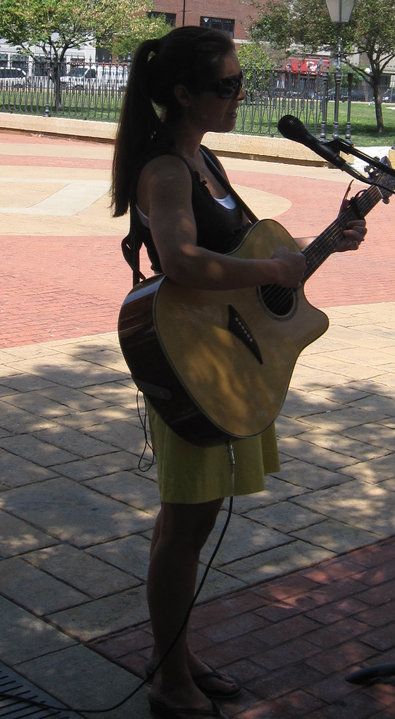
One of my favorite things about summer is playing gigs — something I don’t have much time for during the school year. I played my first gig ever back in 2008, and I’ll admit it: I was a little clueless. But three years and countless gigs later, I have a much better handle on things.
So yesterday when Kimberly Sena Moore posted on Facebook about playing her first gig next week, I was inspired to whip up this post with a few tips I wish I’d known way back when.
- Know your venue and audience. My set list for a bar gig is not the same as it is for a gig like today’s, which is outdoors on the Old State Capitol plaza. It helps to have a general idea of who will be listening, and what the environment will be like. Bar = all adults, lots of talking and background noise. Outdoor public area = children will probably be present, more eyes and ears on the performer.
- Dress comfortably. If it’s hot (it’s going to be 96 today!), wear something that will help you stay cool but that is still appropriate to the venue. Keep in mind that you’ll probably be bending over to set up equipment. And if you’re going to be standing (which I always do during a gig) make sure your shoes are comfortable.
- Be well prepared. There’s nothing worse than going into a gig feeling less than confident about the songs you’re playing. Start with songs in your comfort zone, and gradually add new material. It helps to play shorter gigs at first, so that you don’t have as much music to prepare.
- Put some thought into your set list. I always arrange my songs so that there aren’t too many fast ones all at once, and definitely not too many slow ones in a row. Vary the order not only by tempo, but also by genre and style. Keep your audience guessing!
- Throw in some crowd-pleasers. I do a mix of originals and covers at all of my gigs, but I’m always sure to include songs that are guaranteed hits. Songs like “I’m Yours” by Jason Mraz, “Rolling in the Deep” by Adele, and any other songs that are current or classic always go over well.
- It’s okay to use music. Some people feel pressured to have their repertoire completely memorized, but it’s not essential to a successful gig. The audience could care less whether you have a music stand in front of you, as long as you are entertaining. Just make sure not to have your eyes glued to the music — know it well enough so that you only have to glance at it from time to time.
- Arrive early and set up with plenty of time to spare. You don’t want to be scrambling around, checking levels, and tuning your guitar when people expect you to have started playing already. I always make sure I have a few minutes to just chill before I start my set.
- Interact with the audience. Sometimes it can be difficult to do this, especially when there is a lot going on and the setting is less intimate. But when you can, personalize your performance by telling stories about the songs you’re performing, give shout-outs to people in the audience, etc.
- Take breaks if you are playing a long gig. I made the mistake of only taking one quick break during my first couple of 3-hour gigs. My voice and fingers were not happy with me afterwards. Even if you take just five minutes, be sure to give yourself time to use the restroom, have a drink of water, and say hi to people in the audience every hour or so.
- Have fun! Don’t get too wrapped up in playing and singing perfectly. If you’re enjoying yourself, that will shine through and the audience will enjoy you, too. Invite your friends and family so that you have familiar smiling faces to look at and who will cheer you on.
Playing gigs is a LOT different that facilitating a music class or therapy session, as I quickly realized. But it’s a chance to work on your musicianship, as well as get your name out there.
What tips would you add to my list?
![]()



